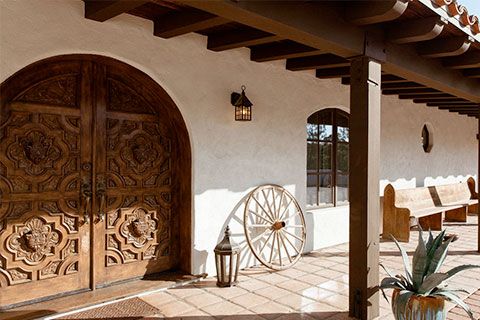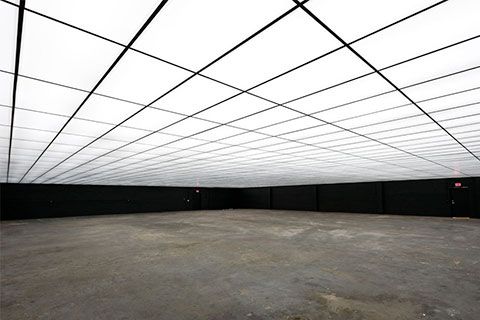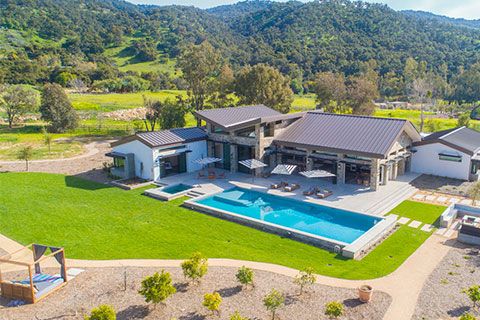5 Event Planning Tips from the White House
Whether you’re planning a charity fundraising ball, an important conference, a Presidential dinner or even your own wedding – politics is inevitably going to infiltrate and shape your event plans. Knowing how to be diplomatic is a skill set event planners must perfect.
To find out more about handling the politics of events, we caught up with Laura Schwartz, the Director of Events for the White House during the Clinton Administration.
While her role was fully immersed in the world of “politics”, we discovered that a lot of the issues she learnt to deal with during her time in the White House, can to some degree, affect all events. There might not be snipers on the roof, but the CEO or your Mother-in-Law’s gaze can be just as intimidating…
Join us as Laura shares 5 Event Planning Tips she learnt while working in the Business of Events at the White House…
1. Host your guests…
When we asked Laura what the hardest lesson she has learnt while working in events, her reply made us stand up and cheer – we love her philosophy…
“It’s not the hardest lesson, but I think it’s the most important lesson for all in the industry and something I began every meeting at the White House with: ‘We do not host events. We host guests’ and if you realise that and, build around it your message and objective, then you’re set up for success.”
**Reminds us a little of one of the first blogs we ever wrote: Don’t Forget the Guests!
Rent a location for your next film or photo shoot project on Giggster – A better way to book locations.






2. Use your events to bring people together
No matter what differences people may have, there’s always something that we have in common.
Sometimes events need a focal point to bring people together, and an organised meal can do just that. Laura says, “You never know when the next conversation is going to change your life but instead of happening in the boardroom or the Oval Office, it happens over a meal. Curating that meal to be something special and symbolic is vital.”
There’s perhaps no clearer distinction than in US politics, where Democrats and Republicans are fiercely opposed on many matters.
Laura gives this example. “Every year there’s a shamrock exchange at the White House for St Patrick’s Day. At night, there’s a reception for the Irish Prime Minister, and there’s Irish music and some great Irish beers and it’s a chance to show this great collaboration from these two countries. That’s a great day to celebrate heritage whether you’re a Republican or a Democrat. All the Irish members of Congress are invited and come together over a common agenda.”
“By hosting events like this we’re trying to break up the political headlines with social functions. The guests can let their guard down and realise that there’s more that brings them together than divides them.”
3. Pay careful attention to the seating plan
As anyone who’s ever made a seating plan will know, there’s a real skill and delicacy that’s required to make everything work. Power balances are even greater when you’re working with some of the most important people in the world, and making someone feel less important than other guests or World Leaders can have major implications.
Laura explains, “How do you decide who sits at which table? If a President at table three thinks ‘Why am I not at table number one?’ it can get dicey. Hillary [Clinton] came up with a brilliant idea – half-moon table. The [US] President and Hillary were in the middle and then it just went out in NATO protocol order.”
“There were seats for the interpreters to sit behind the heads of state and the spouses of the heads of state, and it didn’t block the servers.”
“Because we wanted conversations at the table and the whisper of interpreters to be heard clearly, instead of an orchestra or a quartet, we just had a single piano player and it was wonderful. You have to take into account not only the protocol and the order of seating, it’s the myriad of languages and the interpretation that may be needed. These are very rare, sensitive, unique and powerful opportunities when these heads of state get together.”
4. Seek out your guests’ requirements
When you’re organising an event and you’re expecting attendees of different cultures – which, in this day and age, is likely at every event– it’s important to be sensitive to their customs.
Whether you’re debating menus, the serving of alcohol, the use of interpreters, how you greet someone or anything else, it’s much better to ask ahead. Laura advises that you, “go ahead and ask the assistants to those people coming in from foreign countries for the information you need. You get a lot of respect by asking questions before they show up and invited guests will know how much care you’re putting in.”
“There’s no cookie cutter event when it comes to hosting different cultures, you want to get it right. Having that conversation before you set something in stone makes all the difference. You get buy-in from all the parties and it makes it that much stronger an event.”
5. Build strong relationships
One of Laura’s key pieces of advice is about building strong relationships with all stakeholders.
Laura adds, “I think a good relationship goes a long way. I, for example, had a very good relationship with the Secret Service. There were many who tried to fight them a little bit; I found that if you respected what they did, they respected what we did.”
“Oftentimes, you’ll see the President and the spouse get out of their vehicle to shake hands with the crowd. That’s very planned and what you don’t see are all the snipers on the rooftops and in the hotels and offices. The Secret Service takes over.”
Final note…
The politics involved with planning events can be treacherous – multiple stakeholders, opinions and people to please. However, as Laura shows, by learning how to master diplomacy you can produce events that will have even the most important people in the world enjoying the same tune, sharing a meal and coming together for a common cause.

Laura Schwartz, as the White House Director of Events for the Clinton Administration, worked one-on-one with the President, the First Lady, World Heads of State and international business leaders as she created and executed more than 1,000 White House events including State arrival ceremonies and dinners, America’s Millennium Celebration, the UN Millennium Summit and NATO’s 50th Anniversary. While producing the President’s events on the world stage, Laura demonstrated the ability to inspire a nation and the world through powerful productions. She arrived at the White House, with no political connections, at just 19 years of age as a volunteer answering phones in the press office. Immediately proving her value, Laura climbed her way up the ranks to Staff Assistant, the Midwest Press Secretary, the Director of Television, and ultimately, the White House Director of Events. Following the administration, Laura travelled the world with Former President Clinton for the Global Initiative.
To learn more from Laura Schwartz join us at The Business of Events on 7th – 8th February – an insightful, two-day conference that will provide deep insight into the global event market and how it will impact your business.

